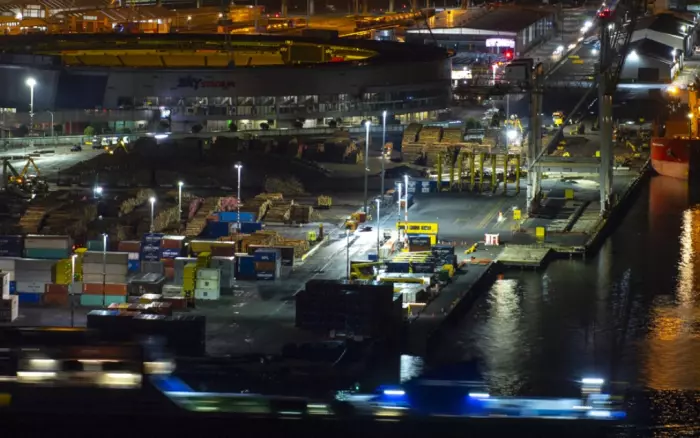Wellington's CentrePort reported an operating net profit of $8 million in the year ended June 30, compared to $7.2m a year earlier, despite having to battle local and global supply chain disruptions.
Revenue for the Wellington port company was up to $84.2m, from $80.2m in the previous financial period.
CentrePort said the increase in revenue and “good cost management” resulted in a 20.7% increase in net cash flows from operating activities.
Chair Lachie Johnstone said CentrePort introduced new capacity and enhanced the resilience of New Zealand's logistics supply chain.
“The new partnership with Port Marlborough announced in June creates supply chain solutions for customers in the Marlborough region,” he added.
The “catastrophic” weather that hit the Nelson and Marlborough region earlier this year reinforced the need for greater resilience in the supply chain, he said, as well as for the wider options for importers and exporters the new venture would provide.
It would hopefully alleviate the pressures that shippers and shipping lines are dealing with in other ports.
Johnstone said CentrePort added to its “capacity and capability” by finishing the reinstating of the Thorndon container wharf in Wellington following the damage suffered in the 2016 Kaikōura earthquake.
The completed wharf doubles the operational length of the two ship-to-shore cranes.
Land upgrade works on the port continued with more than 60% of 10,000 stone columns installed.
“This is prudent investment in ensuring key infrastructure is resilient for future years and events,” Johnstone said.
Container volumes of 89,892 twenty-foot equivalent units (TEU) were 2% down on the previous year. Log export volumes of 1.74 million Japanese Agricultural Standard (JAS) were 6% lower.
Chief executive Anthony Delaney said the pandemic-related impacts for the port company that emerged in 2020 continued into a second year, with global and local supply chain disruptions.
“That contributed to budgeted growth in the main trades – containers, logs, and fuel – not being achieved, with volumes slightly down on the previous year,” he said.
However, vehicles “bucked the trend” with record volumes passing through the port.
Delaney said log exports were also impacted by decreased demand and high inventory levels in the Chinese market during the financial year.
Fuel import volumes of 885,000 tonnes were down by 5%, mainly because of lower aviation fuel demand.






